Are you interested in exploring historic homes? Here are the must-see historic houses in Extremadura:
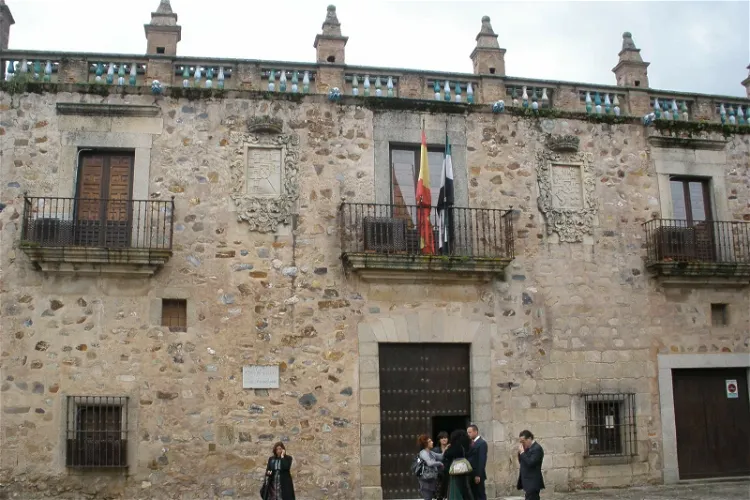
Cáceres Museum
CáceresThe Cáceres Museum is situated in the old town of the city, occupying two historic buildings: the Palace of Veletas and the House of Horses. These buildings themselves are a part of the city's history and their architecture is a testament to the region's past.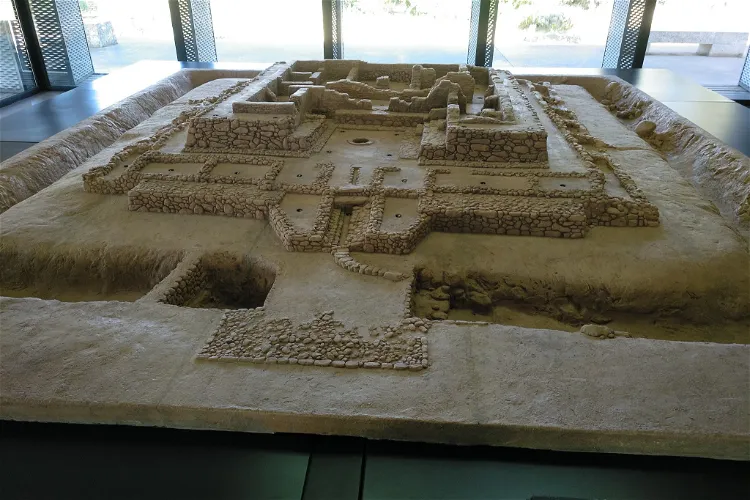
Cancho Roano Interpretation Center
Zalamea de la SerenaCancho Roano is an archaeological site situated in the municipality of Zalamea de la Serena, in the province of Badajoz, Spain. This site is known for being the best preserved Tartessian site, dating back to at least the sixth century BCE. The site is located three miles from Zalamea de la Serena in the direction of Quintana de la Serena Quintana, nestled in a small valley along the stream Cagancha.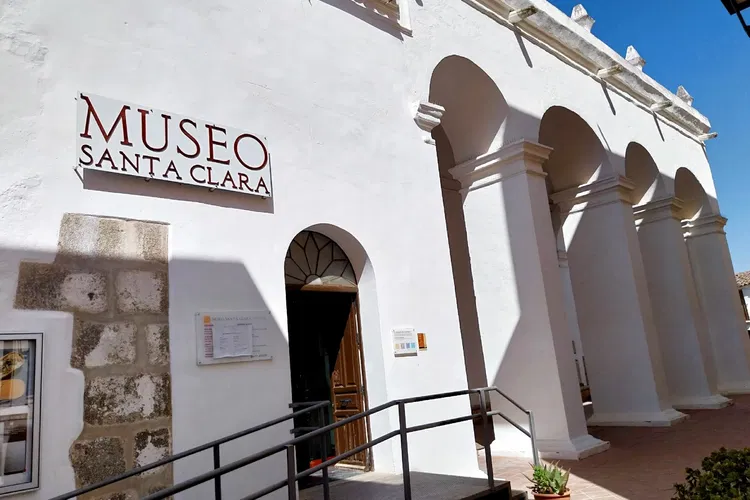
Santa Clara Museum
ZafraThe Santa Clara Museum aims to showcase the spirituality and simplicity of the cloistered life of the Clarissa sisters. It also highlights the patronage of the House of Feria and how the monastery has integrated into the city of Zafra and related to its people to the present day. These three thematic lines (convent, noble patronage, and city) are integrated into a monumental and historical exhibition space.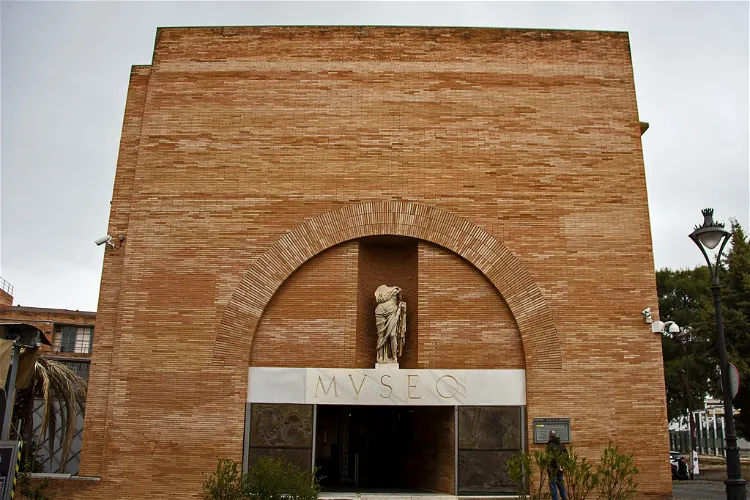
National Museum of Roman Art
MeridaThe National Museum of Roman Art, located in Merida, Spain, is a significant cultural institution that was inaugurated on September 19, 1986. The museum's building, a work of renowned architect Rafael Moneo, is a testament to the rich history and architectural prowess of the Roman era. Visitors to the museum can appreciate the architectural design of the building, which is a modern interpretation of Roman architecture.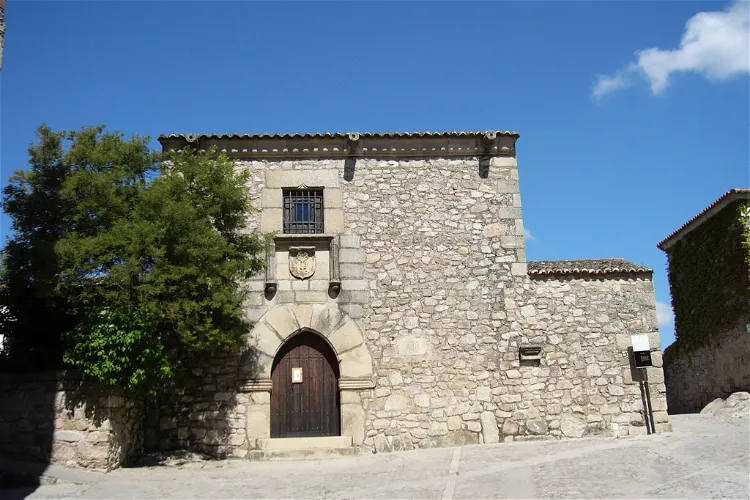
Pizarro House Museum
TrujilloThe Pizarro House Museum is a historical site located in Trujillo, Spain. It is dedicated to the life and achievements of Francisco Pizarro, the famous conqueror of Peru. The museum offers a unique insight into the life of this significant historical figure and his impact on the world.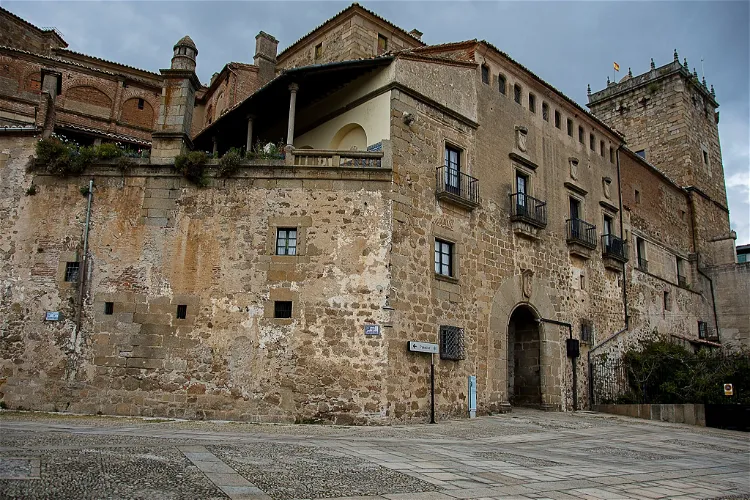
Mirabel Palace
PlasenciaThe Mirabel Palace is a historic building dating back to the 15th century, located in the city of Plasencia, in the autonomous community of Extremadura, Spain. This significant civil building was declared a site of cultural interest in 1977. It was built by Álvaro de Zúñiga and Guzmán and his second wife Leonor Pimentel and Zúñiga, the first Dukes of Plasencia.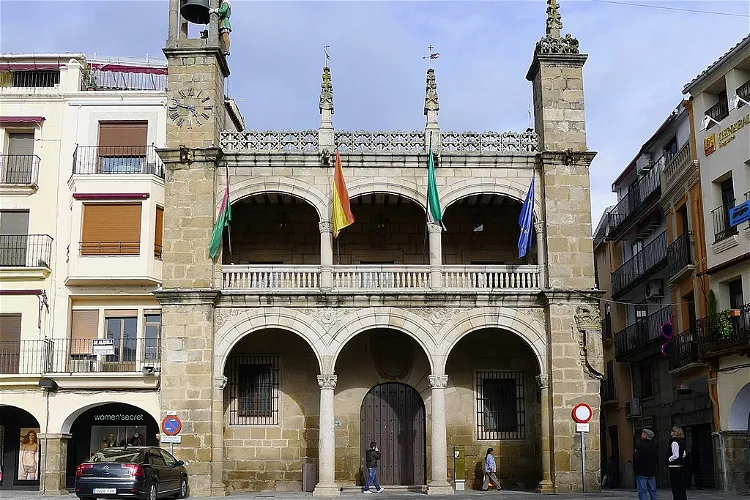
Plasencia City hall
PlasenciaThe Municipal Palace, located in the heart of Plasencia in the Plaza Mayor, serves as the headquarters of the municipality's City Hall. This historic building is a significant landmark in the city and offers a glimpse into the rich history and architectural heritage of Plasencia.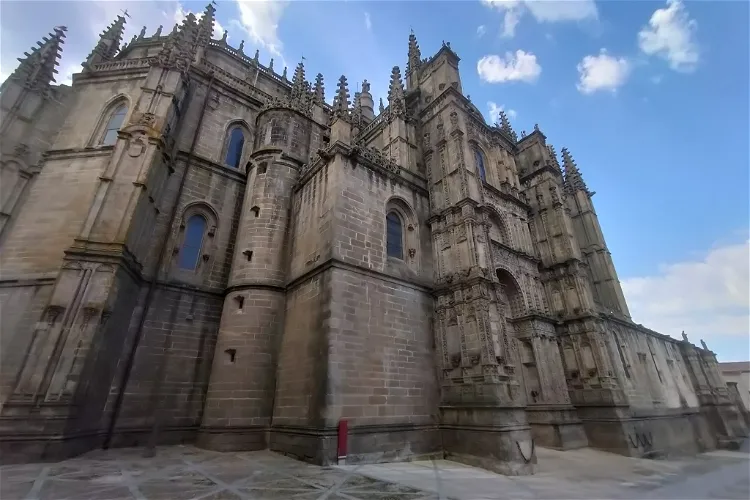
Cathedral of Plasencia
PlasenciaThe Cathedral of Plasencia is a complex structure consisting of two or three parts. The "Old Cathedral" was built in the 13th and 14th centuries and is now used as a museum. The "New Cathedral" was begun in the late 15th century. Additionally, there is a medieval cloister (claustro) with an adjoining chapter house (sala capitular). All parts of the cathedral are made of precisely hewn sandstones, showcasing the architectural prowess of the time.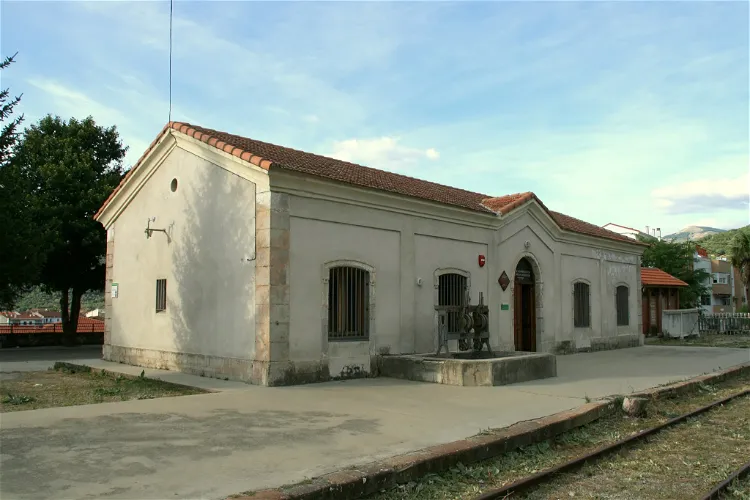
Hervás Train Station
HervásHervás Train Station is a historical site located in the Spanish municipality of Hervás, in the province of Cáceres, autonomous community of Extremadura. Although it is no longer in operation, it stands as a testament to the region's rich railway history.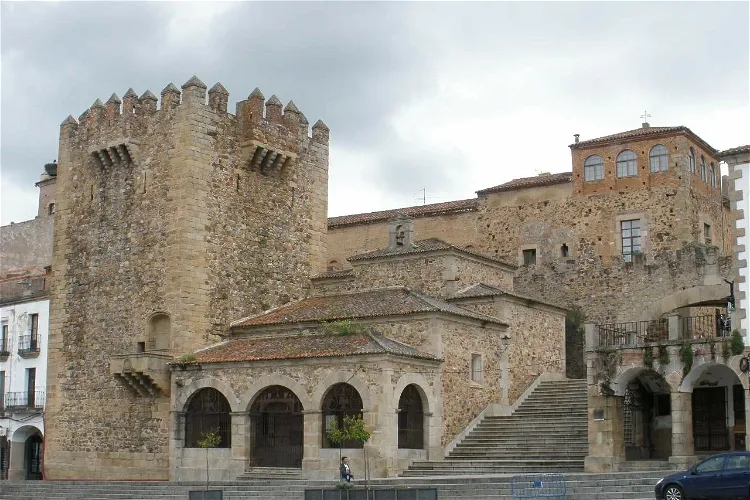
Bujaco Tower
CáceresBujaco Tower, a prominent emblem of Cáceres, is situated in the main square and serves as a protective structure for the northwest flank of the monumental city. This tower is a significant landmark and a key part of the city's historical and architectural heritage. Its strategic location offers a unique perspective of the city, making it a point of interest for tourists.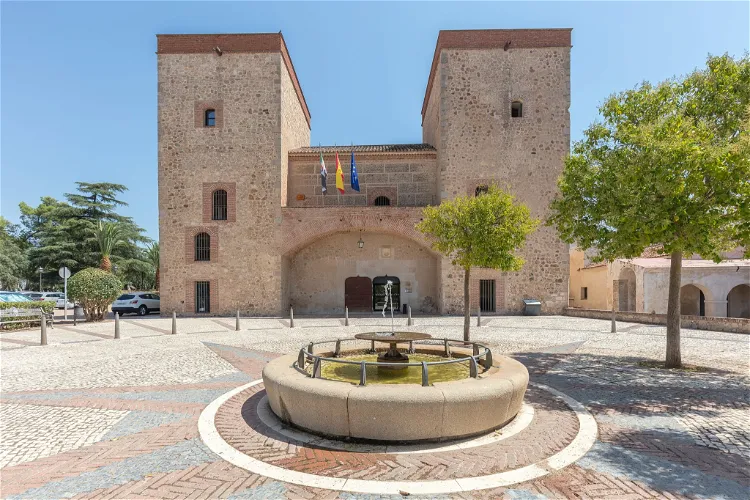
Archaeological Museum of Badajoz
BadajozThe Archaeological Museum of Badajoz is housed in a building of historical and architectural significance. It is located within the precinct of the Islamic Alcazaba, which is the highest point in Badajoz. This location not only provides a unique setting for the museum but also adds to the historical richness of the exhibits.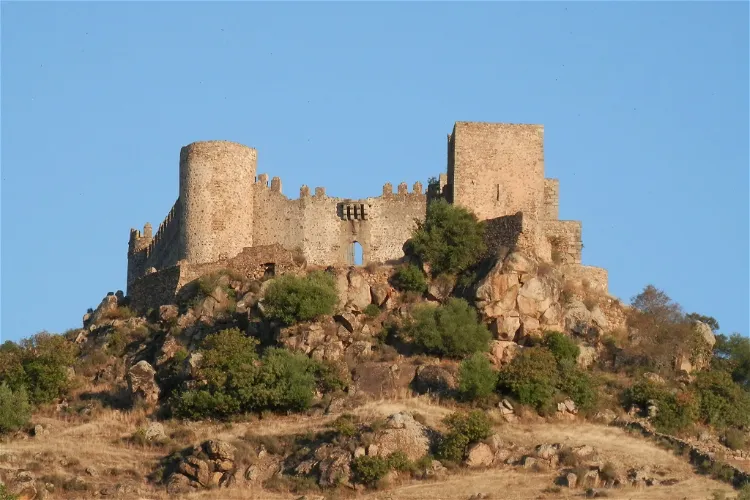
Castle of Burguillos del Cerro
Burguillos del CerroThe Castle of Burguillos del Cerro is situated on a rocky hill, providing a panoramic view of the town of Burguillos del Cerro. This location is in the region of Zafra-Río Bodión, which is in the southern part of the province of Badajoz, Extremadura, Spain. The castle's elevated position not only offers a strategic advantage but also a breathtaking view of the surrounding landscape.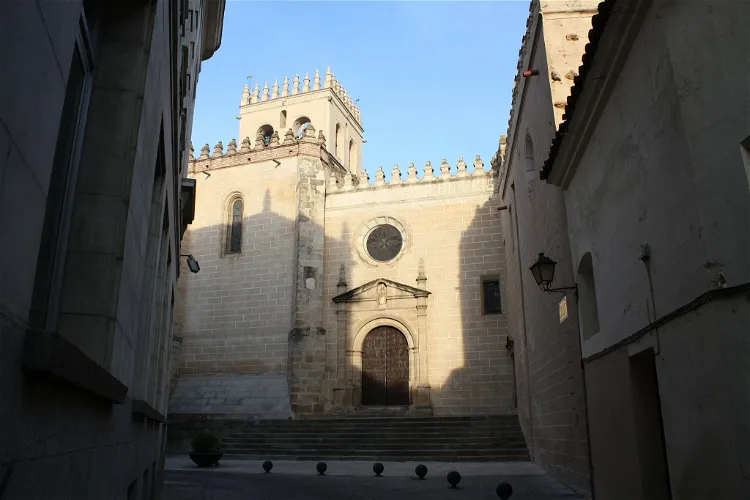
Cathedral Museum
BadajozThe Cathedral Museum of Badajoz is an integral part of the Metropolitan Cathedral of San Juan Bautista de Badajoz. Located in the city of Badajoz, Spain, the museum is a significant part of the cathedral's structure, offering visitors a unique opportunity to explore both the religious and historical aspects of the region.- 14
Paprika Museum
Jaraíz de la VeraThe Paprika Museum in Jaraíz de la Vera, Spain, is a member of the Network of Identity Museums of Extremadura. The museum's primary goal is to spread awareness about the 'red gold' that is produced in the Vera region, located in the province of Cáceres. Visitors can learn about the production process, the formation of the Paprika of Vera's Denomination of Origin, and the tools used to grind the peppers and obtain the precious spice.